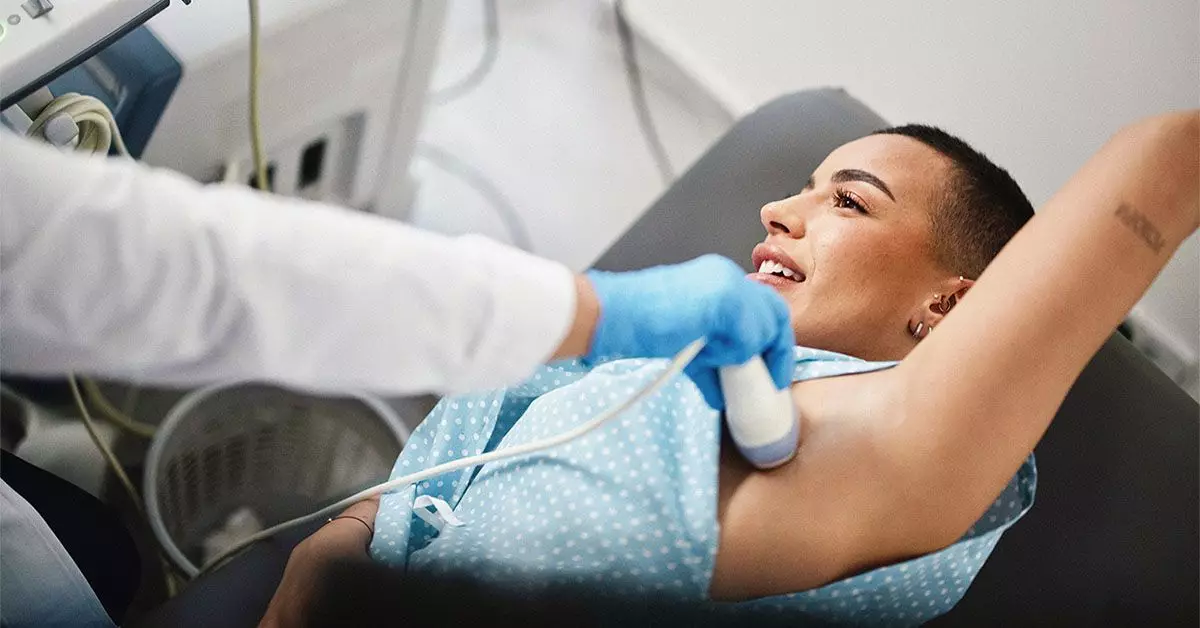In the ongoing battle against breast cancer, innovative diagnostic tools are essential. A vital player in this fight is breast ultrasound, which boasts an impressive sensitivity of 80.1% and specificity of 88.4%, according to a 2019 systematic review and meta-analysis. Sensitivity measures the test’s accuracy in identifying those who actually have the disease, while specificity evaluates its ability to correctly exclude individuals without the condition. Understanding these metrics is crucial, as they serve as the foundation for medical professionals to make informed decisions about patient care. With breast cancer claiming countless lives, the efficacy of ultrasound cannot be overstated—it is more than a number; it represents hope and assurance for many.
When is Breast Ultrasound Recommended?
Breast cancer screenings are not a one-size-fits-all process. Healthcare professionals recommend breast ultrasounds in several scenarios: a palpable lump that mammography has failed to capture, various lump characteristics such as whether a lump is solid or a cyst, or in cases of dense breast tissue without visible abnormalities. This versatility makes ultrasound an invaluable adjunct in the breast health toolkit, often used in conjunction with mammograms and clinical examinations. Patients are urged to engage in proactive discussions with their healthcare providers when noticing any changes in their breast tissue, as early detection dramatically enhances treatment outcomes.
The Procedure: What to Expect
For many, the ultrasound procedure may appear daunting, but knowledge can soothe nerves. The patient is typically required to disrobe from the waist up, allowing the sonographer unobstructed access to the breast area. The use of lubricating gel is essential, ensuring that the ultrasound probe glides smoothly over the skin, which facilitates clear imaging. During the session, sonographers may also evaluate the armpit region, scrutinizing lymph nodes to catch any sign of cancer’s spread. Understanding the mechanics of this procedure can empower patients, turning anxiety into an informed anticipation of clarity.
Broadening the Screening Landscape
It is crucial to acknowledge that breast ultrasound is just one component of a comprehensive screening strategy. The American Cancer Society advises individuals of average risk to begin annual mammography at age 45, with options for earlier screening starting at 40. This nuanced approach—leveraging the strengths of multiple modalities—is necessary for effective breast cancer detection. With the choices available today, patients should feel empowered to inquire about all options rather than settling for that which is merely standard practice.
Advancing Patient Knowledge and Empowerment
Fostering an environment of dialogue and education between patients and health professionals is vital. The medical landscape is evolving, and individuals need to be their own advocates. By understanding their own bodies and the tools available for diagnosis, patients can engage more fully in their health management. They should feel encouraged to seek clarity on how diagnostic tests, like ultrasounds, lead to a more profound understanding of their health status. As we embrace these advancements, it is not just about fighting cancer—it’s about preserving lives and instilling a sense of confidence in one’s health journey.

